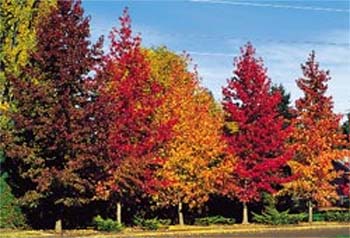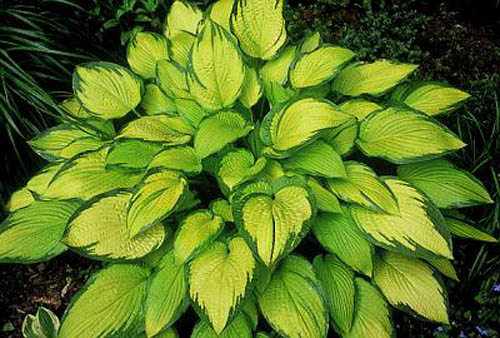One of our favorite trees is one we cannot even grow. I guess that only makes sense as I usually want the unattainable. Like that old Hoosier saying goes, “the grass is always greener on the other-side of the road.” I fell in love with Queen Palms in Florida and Monkey Pods in Hawaii, now all I can do is “Stare across the road” and dream. As you can see in the picture we took outside of Kona, on the Big Island of Hawaii, the Monkey Pod is a large graceful tree with wide spreading branches. It just seems to shout, “Come sit under me”!
This native of Mexico was introduced into Hawaii in 1847, when Peter A. Brinsmade a businessman returned to Hawaii with two seeds, both of which germinated. One of the seedlings was planted in downtown Honolulu, the other at Koloa on the island of Kauai.
Monkey-pod is a fast-growing tree that while generally planted as a shade tree and ornamental has been naturalized in many of the islands. It is greatly valued in pastures as shade for cattle on Kauai. While it has spreading crown when planted in the open, it forms a long, relatively straight stem when closely spaced. Its wood is widely used for carvings and furniture. We, also saw many beautiful bowls and dishes carved from the wood of the Monkey Pod.
Actually the Monkey Pod has many names from the Saman of Latin America, to the Mimosa of the Philippines. Somehow we just feel that the name Monkey pod just fits this tree. You just expect any minute to see monkeys swinging through the branches. Of course we never did but, it would have been nice to have seen a few! In retrospect, I guess there are not too many free ranging monkeys in Hawaii, just mina birds and chickens.
The Monkey Tree is said to have medicinal and even magical powers. We, in fact, observed that grass growing under the Monkey Pods was always greener, even in times of drought. Native Hawaiians believe that the trees actually produces rain at night. The unbelievers say that ” the shading effect of the crown, the addition of nitrogen to the soil by decomposition of litter from this leguminous tree, and possibly, the sticky droppings of cicada insects in the trees all contribute to this phenomenon Habitat.” They probably do not believe in the Tooth Fairy either!
Monkey-pod grows where the annual rainfall ranges from 50 to 150 inches. They attain their best growth on deep alluvial soils that are well drained and neutral to slightly acid in reaction. It can, however, grow well on a wide variety of soils when planted and can withstand seasonal flooding. Monkey-pod is frequently found on old home sites near streams in the forests of Hawaii where it is usually associated with mangos and guava. It is, however, very intolerant of frost which means no Monkey Pod our present gardens. I wonder where we could move our gardens to that would be more Monkey Pod friendly?



